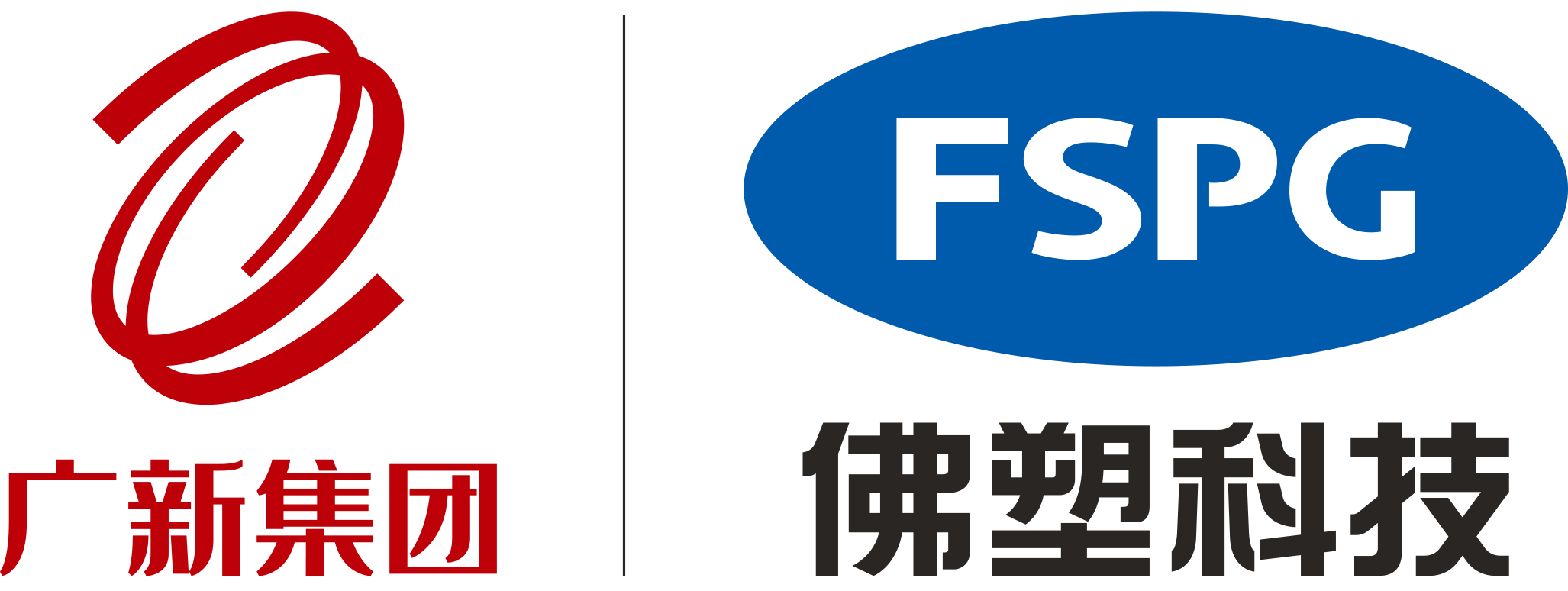Views: 0 Author: Site Editor Publish Time: 2024-02-28 Origin: Site








In the ever-evolving world of electronic product batteries, the need for enhanced performance is paramount. One key component that has been revolutionizing the industry is aluminum-plastic film. This article explores how this innovative material is elevating the performance of electronic product batteries, shedding light on the numerous benefits it brings to the table. From increased durability and safety to improved energy efficiency and thermal conductivity, the advantages of aluminum-plastic film are undeniable. Additionally, this article delves into the latest advancements in aluminum-plastic film technology, highlighting how these innovations are pushing the boundaries of battery performance even further. So, if you're curious about how aluminum-plastic film is shaping the future of electronic product batteries, read on to discover the exciting possibilities it presents.
Aluminum-plastic film is becoming increasingly popular in the manufacturing of electronic product batteries, and for good reason. This innovative material offers a multitude of benefits that contribute to the overall success and performance of these batteries.
One of the key advantages of aluminum-plastic film is its exceptional barrier properties. This film acts as a protective layer, preventing moisture, oxygen, and other harmful substances from penetrating the battery. By creating a barrier against external elements, the film effectively prolongs the battery's lifespan and enhances its overall performance. This is particularly crucial in electronic devices, where the integrity of the battery is vital for optimal functionality.
In addition to its barrier properties, aluminum-plastic film also offers excellent thermal conductivity. This characteristic ensures that the battery remains cool during operation, thereby reducing the risk of overheating. By dissipating heat efficiently, the film helps to maintain the battery's stability and prevents any potential damage caused by excessive temperatures. This is especially important in electronic products, as overheating can result in safety hazards and decreased battery life.
Furthermore, aluminum-plastic film is lightweight and flexible, making it an ideal choice for electronic product batteries. Its lightweight nature allows for greater portability and ease of use, making it suitable for a wide range of applications. Additionally, the film's flexibility enables it to conform to the shape and size requirements of various electronic devices, ensuring a snug fit and optimal utilization of space. This versatility makes aluminum-plastic film a preferred option for battery manufacturers, as it allows for greater design flexibility and increased efficiency in production.
Another noteworthy benefit of aluminum-plastic film is its environmental friendliness. Unlike other materials used in battery production, such as heavy metals, aluminum-plastic film is non-toxic and recyclable. This means that at the end of its lifespan, the film can be easily reused or disposed of without posing a threat to the environment. With the increasing demand for sustainable products, the use of aluminum-plastic film in electronic product batteries aligns with the growing focus on eco-friendly manufacturing practices.
Aluminum-plastic film, a versatile material widely used in various industries, has witnessed significant advancements in technology in recent years. This innovative material combines the strength and durability of aluminum with the flexibility and lightness of plastic, making it an ideal choice for a wide range of applications.
One of the key innovations in aluminum-plastic film technology is its enhanced barrier properties. Manufacturers have developed advanced techniques to create films with superior barrier properties, effectively preventing the permeation of moisture, oxygen, and other gases. This is particularly valuable in industries such as food packaging, where maintaining the freshness and quality of products is crucial. With these advancements, aluminum-plastic films can now provide extended shelf life for perishable goods, reducing food waste and ensuring consumer satisfaction.
Another notable innovation is the development of thinner and lighter aluminum-plastic films without compromising their strength and integrity. This breakthrough has led to increased efficiency in industries such as electronics, where lightweight materials are highly desirable. Thinner films also contribute to resource conservation and reduced environmental impact, as they require fewer raw materials during production.
The advent of nanotechnology has revolutionized the aluminum-plastic film industry. Nanocomposites, which incorporate nanoparticles into the film matrix, have opened up new possibilities for enhancing its properties. For instance, the addition of nanoparticles can improve the film's mechanical strength, thermal stability, and flame retardancy. Nanocomposite aluminum-plastic films find applications in high-performance industries such as aerospace, automotive, and construction.
Furthermore, advancements in surface modification technologies have enabled the development of aluminum-plastic films with enhanced functionality. These films can be engineered to possess specific surface properties, such as anti-static, anti-fog, or anti-scratch properties, depending on the intended application. Such tailored surfaces make aluminum-plastic films suitable for a wide range of industries, including medical packaging, automotive interiors, and electronic displays.
Aluminum-plastic film offers a range of benefits for electronic product batteries, including barrier properties, thermal conductivity, lightweight nature, and environmental friendliness. These advantages contribute to the overall performance and longevity of batteries. As the demand for high-quality and sustainable electronic products grows, aluminum-plastic film is expected to play a significant role in shaping battery technology. Continuous innovations in the technology have expanded its applications and improved its performance, with advancements such as enhanced barrier properties, thinner and lighter films, and nanocomposites. These developments have propelled aluminum-plastic film to new heights and positioned it to meet the demands of industries for high-quality, sustainable, and versatile materials in the future.
Home | Products | Green Product | Contact Us | Sitemap | Privacy Policy
